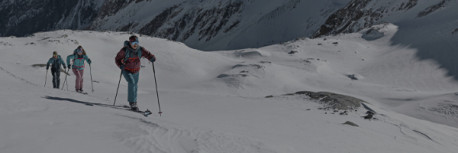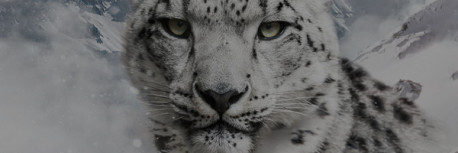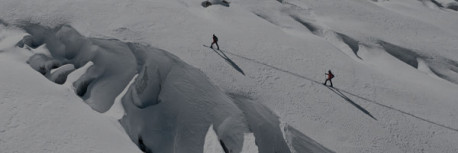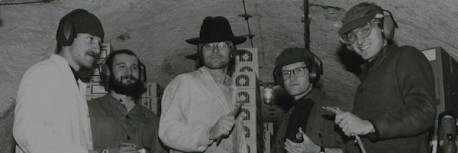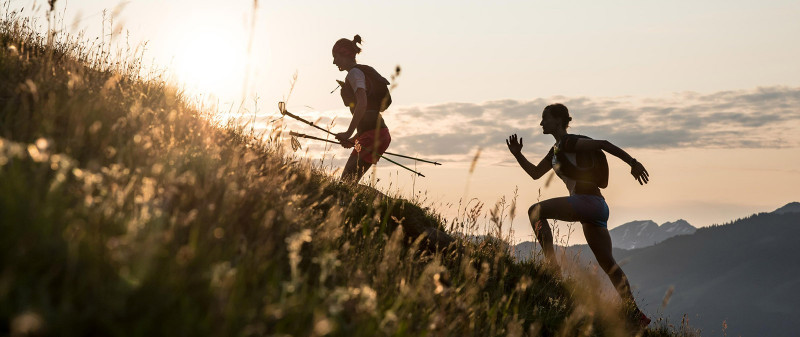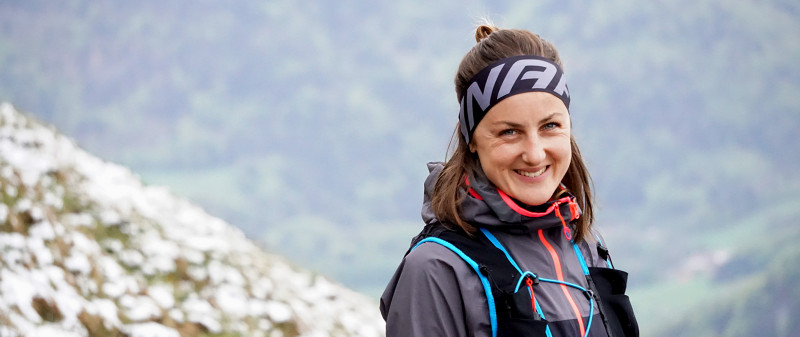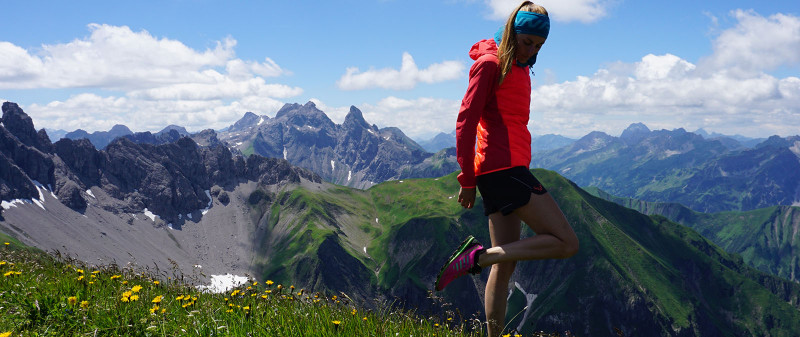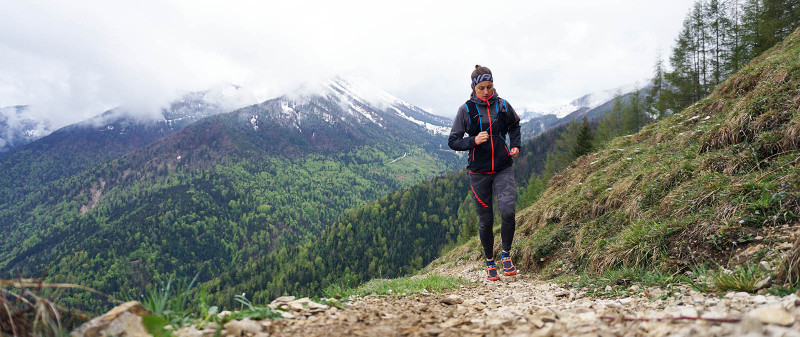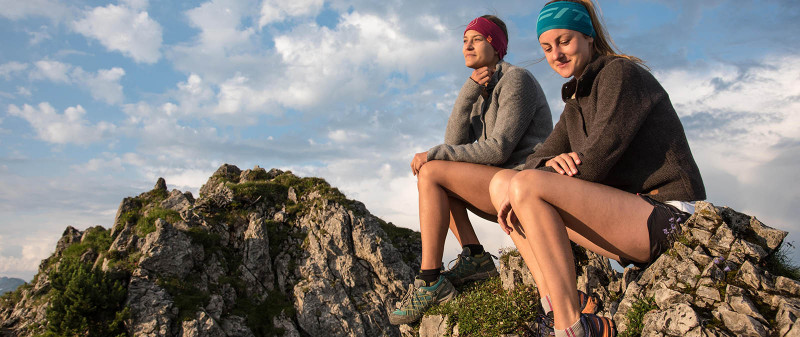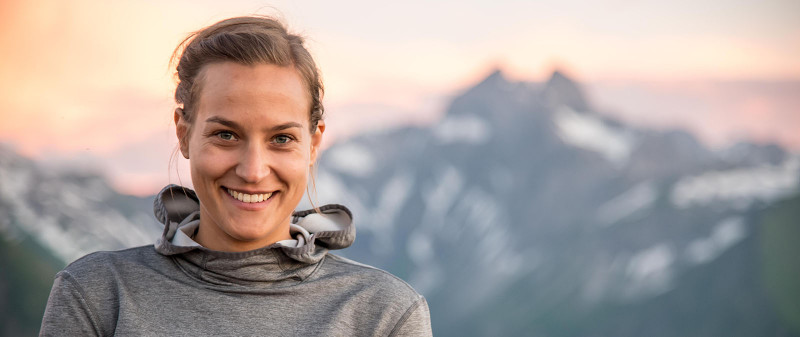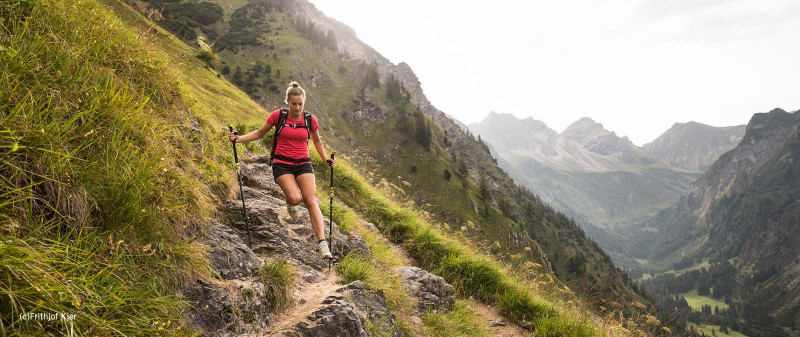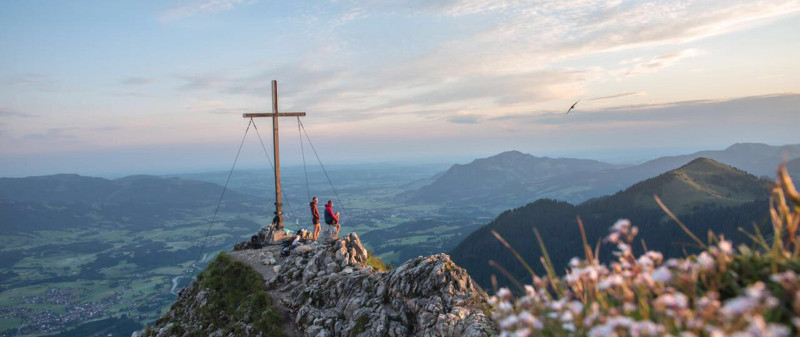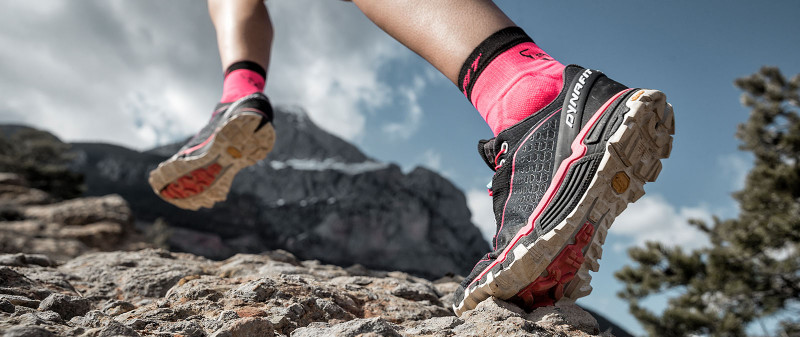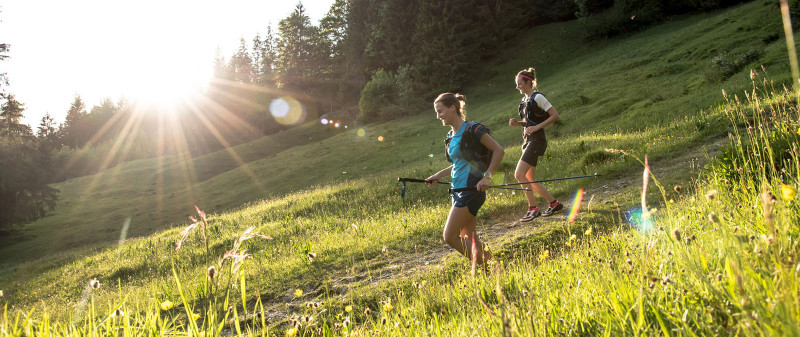An ultramarathon is a running event that takes place over a distance greater than the 42.195 kilometers / 26.219 miles of a marathon.
Preparation - training, health, recovery
Ultra running equipment
Lorem ipsum dolor sit amet, consetetur sadipscing elitr, sed diam nonumy eirmod tempor invidunt ut labore et dolore magna aliquyam erat, sed diam voluptua. At vero eos et accusam et justo duo dolores et ea rebum. Stet clita kasd gubergren, no sea takimata sanctus est Lorem ipsum dolor sit amet. Lorem ipsum dolor sit amet, consetetur sadipscing elitr, sed diam nonumy eirmod tempor invidunt ut labore et dolore magna aliquyam erat, sed diam voluptua. At vero eos et accusam et justo duo dolores et ea rebum. Stet clita kasd gubergren, no sea takimata sanctus est Lorem ipsum dolor sit amet.
Competition: preparation, tips and tricks
Ultra running: Trail reports
Lorem ipsum dolor sit amet, consetetur sadipscing elitr, sed diam nonumy eirmod tempor invidunt ut labore et dolore magna aliquyam erat, sed diam voluptua. At vero eos et accusam et justo duo dolores et ea rebum. Stet clita kasd gubergren, no sea takimata sanctus est Lorem ipsum dolor sit amet. Lorem ipsum dolor sit amet, consetetur sadipscing elitr, sed diam nonumy eirmod tempor invidunt ut labore et dolore magna aliquyam erat, sed diam voluptua. At vero eos et accusam et justo duo dolores et ea rebum. Stet clita kasd gubergren, no sea takimata sanctus est Lorem ipsum dolor sit amet.
What is Ultra Running?
Equipment: Shoes, Backpack, Poles
Trail Reports
Our first time running an ultramarathon - that’s our ambitious goal! We’d like to take you with us on the ‘Journey of an Ultra Runner’ as we build up to the Grossglockner Ultra Trail on July 27, 2019 in Kaprun Austria. The two of us – Anna and Ella - are currently in training for our first ultramarathon with over 50 kilometers / 31 miles and more than 2000 meters / 6500 feet of elevation gain. But this isn’t just about us; it’s about you, too. We’d like to extend a sincere welcome to you to join us. Would you like to accompany us and run your first ultramarathon? Or - maybe you already have experience in running ultras, and have some advice for us? Perhaps you’re a great motivator and always find the right words to fire someone up even on a tough training day? Whether you actively take part, or would simply like to support us, we’re really happy to have you with us on our Journey of an Ultra Runner!
This page includes everything on and around the subject of ultra running, and everything we’ll be thinking about as we build up to the Grossglockner Ultramarathon. We’ll introduce you to our training regimen, show you all our highs and lows, and at the end of the journey you can join us on our first ultramarathon. We’re passionate about running, ski touring and alpine climbing, but we’re complete beginners when it comes to ultramarathons. For this reason, we are relying heavily on our network of ultra athletes, physical therapists, sports scientists and friends and acquaintances from the ultra world to give you the most comprehensive and objective insight into ultra running. We hope you enjoy Journey of an Ultra Runner - our path to the Grossglockner Ultramarathon.
Journey of an Ultra Runner -
Our path to the Grossglockner Ultramarathon
Ella and Anna: Who are we?
So you know exactly who you’ll be spending time with, we’d like to introduce ourselves. Join us on our path to the Grossglockner Ultra Trail on Instagram: Journey of an Ultra Runner
Elisabeth “Ella” Forte
Anna Fischer
Step out the front door and straight into the mountain world – That’s how you could best describe my hometown of Oberstdorf in the southern part of Upper Allgäu (in Germany’s Swabia region). Beside Alpine skiing and ski touring in the winter, I was also in particular an enthusiastic runner. And since at home there is barely any such thing as a flat route, jogging for me meant running on the mountain. Nevertheless, I dared to enter the Cologne Half-marathon in 2018. With a time of 1:48, I was actually pretty pleased. In early 2019 then came the biggest athletic highlight, the Sellaronda Skimarathon in South Tyrol.
What brings us together is not only a love of sports and the mountains, but also a really close friendship. Because everything in life is easier in two’s, we got together and are taking on this challenge together: 50 kilometers and 2,000 meters of climbing is what awaits us at the Kalser Tauern Trail as a part of the Grossglockner Ultra Trail®…. We have never run such a trail all at once!
We’d like to invite you to join us on the Journey of an Ultra Runner, to share experiences and to stay in contact.
Best regards and #speedup
Anna and Ella
This is not just the definition that you’ll find on Wikipedia, it’s also the definition used by international athletics associations. However, unlike other events organized by those associations, Ultra Running has no clearly defined distances such as Sprint, Middle Distance or Long Distance races. In general, you can say that anything longer than a marathon is ultra running. As far as distance is concerned, essentially there are no upper limits.
Ultra Running Course Distances
That notwithstanding, there are certain course lengths which constitute approximate standards in ultra running. The International Association of Athletics Federations (IAAF) even ratifies records for the 100 kilometer road distance. The record holders are Nao Kazami (Japan) in the men’s category (6:09:14 h) and Tomoe Abe (Japan) in the women’s (6:33:11 h). For the sake of comparability, these types of event are usually held on courses with exactly measured five to ten kilometer laps. However, it’s impossible to look into the topic of ultra running in any depth without encountering ‘Hundred Milers’. And you can’t talk about ‘hundred milers’ without mentioning the Ultra Trail du Mont Blanc, or UTMB. Roughly 170 kilometers / 106 miles long with 10,000 meters / 33,000 feet of elevation gain, it is certainly one of the toughest mountain marathons in the world.
For many people, the attraction of ultra running is more a question of the running experience than simply the distance covered. For this reason, most races longer than the marathon distance take place on marked off-road trails. There is little in the way of a practical upper limit in terms of the length and vertical gain involved in an ultra marathon. Germany’s longest non-stop race is the 661 kilometer / 411 mile Goldsteig Ultrarace that has 19,000 meters / 62,000 feet of elevation gain. Then there are stage races similar to bike racing, where you quickly reach distances of three to four thousand kilometers / 1800 to 2500 miles. These require special training, both physical and mental.
Training, Health and Recovery: How do you become an ultra runner?
Ohhh… if only we knew. So far, we’ve never run an ultramarathon. The longest distance that we’ve ever run in one go was a little over 20 kilometers / 12 miles. One thing is clear to us, however: You don’t just turn up and run an ultramarathon. You need to train and prepare consistently and over an extended period. But how exactly do you become an ultra runner? We asked Dynafit athletes Maria Koller, Klaus Gösweiner and Hannes Namberger:
Variety in training, diet and recovery - there are a lot of factors that play a role when preparing for a first ultramarathon. However, basic training is the foundation for success, so that an athlete’s body can withstand the demands of seven or eight hours of mountain running. We asked Harald Angerer about this:
Harald writes the “auffi muas i” (roughly translated “gotta go up”) blog, and probably knows better than anyone what it means to grit your teeth and carry on. He started running in 2008 to lose weight. Three years later, he had reached a body weight that allowed him to take part in long distance mountain runs. Today he has several ultramarathons under his belt, including the Grossglockner Ultra Trail that we will also be running at the end of July.
Training for an ultra is very time intensive, as we found out when we spoke with Harald. We have no children of our own (yet), but for Harald’s two sons and his wife, the preparation for an ultra can be a serious strain on the family. It requires excellent time management to allow Harald to have time for his family and friends in between his work life and his training. Harald has given a lot of thought to this and would like to share his conclusions with you:
Active recovery is the secret of many professional athletes, and Harald uses the recovery time between training runs for long walks and easy runs, perfect for combining the recovery process with family time. Recovery is a key part of sports science; and it also one of the more significant aspects of training that a runner has to learn.
If you don’t allow your body the time to recover after intensive physical exertion, your performance can plateau or even decrease
This quote comes from Dr. Verena Menz, Sports Scientist at the University of Innsbruck and a good friend of ours. She took the time and gave us a professional explanation of recovery:
Verena explained that correct, balanced nutrition accelerates recovery. But what does “correct, balanced nutrition” mean in regard to ultra running? We have collected some opinions on questions of nutrition in Training and Competition. You’ll find tips and suggestions from Dynafit ultra athletes Hannes Namberger, Malene Haukøy and Klaus Gösweiner as well as nutritional science recommendations from Dr. Verena Menz and physical therapist Sandra Jokić:
Each body is different! As a result, people react in very different ways to nutrition during training and competition. Muscle and bone structure vary from person to person, too. Despite this, runners and particularly ultra runners often suffer from the same complaints: runner’s knee, shin splints and stress fractures to name but a few, are far from uncommon. They are most frequently the result of excessive stress. Physiotherapists from race specialists Outdoor Physios treat typical runner’s complaints almost every day, and they have passed on the benefit of their experience to us:
Injuries can frequently be avoided before they happen! On the one hand, it’s important for an athlete to listen to his or her body to recognize the earliest signs of an impending injury. On the other hand runners often invest too little time in classic muscle strengthening and stretching techniques. A new recovery trend is muscle training using a foam roller. Stability training, muscle strengthening, stretching and rolling - once again the physical therapists from Outdoor Physios are the specialists:
Stability training: Muscle building for ultra runners
Stretching & Rolling for ultra runners
As we now know, ultra running is primarily a question of the right training, recovery and nutrition. However, particularly on longer distances, the gear you use becomes increasingly important. At the center of this is the running shoe, which during the course of an ultramarathon has to cope with many different surfaces and weather conditions. A trail running shoe is the connection between your foot and the trail, and has to fit perfectly even after hours of continuous use. Veonika Wasza, the ultra expert from the airFreshing blog, has teamed up with two professionals Pascal Egli and Hannes Namberger, to address this topic:
Compact, but not too small, plenty of storage space, easily-accessible pockets and a comfortable harness - those are just a few of the characteristics that experienced ultramarathon runners look for in a running pack. It goes without saying that a backpack is - along with the right trail running shoe - one of the most important pieces of gear for ultra long runs. A perfect fit is essential, but so is well thought-out storage space. Especially during competition, it’s essential to have enough space for the mandatory equipment, stowed securely yet easily accessible.
We got the inside track on which mandatory equipment you need for an ultramarathon, and how to best pack these items into your running pack:
Competition preparation: The final weeks before an ultramarathon
At some stage, the time comes when all the hard work of preparation has been completed and the competition itself is just around the corner. But - between active training and an ultramarathon, there is a two to three-week phase known as tapering. Or, to use a less technical term for this phase prior to a competition: ‘putting your feet up’.
We got professional opinions on the subject of tapering from several Dynafit athletes and from Sandra Jokić from the Outdoor Physios group:
Training, the right nutrition, equipment and tapering - on the day of the race there are many factors (and maybe a little luck) which affect your performance. The only thing that is missing are the little tips and tricks that make the life of an ultra runner just that little bit more pleasant. Some people swear by certain skin repair creams to prevent chafing of sensitive body parts, others stick tape over their nipples, and yet others make sure they always have a roll of toilet paper in their pack. We asked around and got a number of interesting responses:
Do you know what a ‘runner’s low’ is? If you don’t, as Dynafit athlete Michael Geisler. says “You’re about to find out when you run your first ultramarathon”. Runner’s low is the term used to describe the mental and physical low points during a long competition or training run. Michael is an experienced ultra runner and knows how to deal with runner’s lows. Along with several other insiders, he describes his techniques for coping with dark thoughts and heavy legs:
The Grossglockner Ultra Trail is our goal: 50 kilometers / 31 miles and 2,000 meters / 6500 feet of elevation gain wait for us at the end of July 2019. The GGUT, as insiders refer to it, is among the toughest ultra competitions in Germany, Austria, and Switzerland. Each of the five trails is a real challenge. Harald Angerer took part in the race in 2017. Here he describes his experiences:
Even the middle distance course of the Grossglckner Ultra Trails is anything but easy, as Harald’s moving description makes clear. So - what must the 110 kilometers / 68 miles and 6,500 meters/ 21,000 feet of elevation gain of the elite course feel like? Someone who should know is Dynafit athlete Klaus Gösweiner, a professional ultra runner who has several elite podiums to his name. However, Klaus has rewritten the rules in long-distance running with his own ultra project, Crossing Austria. In just seven days, he and his running partner Markus Amon traversed Austria from its lowest to its highest point - 500 kilometers / 300 miles and 20,000 meters / 66,000 feet of elevation gain!
Klaus Gösweiner and in particular Markus Amon really had to suffer on their Crossing Austria project. You can read here how we fared in the Grossglockner Ultra Trail at the beginning of August. Or you could follow us on Instagram and experience it live: Journey of an Ultra Runner
Hi, I’m Ella, and I’m originally from a small village in the Chiemgau region between Chiemsee and Tyrol. I love the flowing trails near my home as much as the rugged trails of the ‘Wilder Kaiser’ mountains. In the winter, I usually take off on the weekends with my touring skis. I’m very fortunate in that I can easily combine my work life with my hobbies, because I work for Bergzeit, the online provider for alpine sports equipment and alpine tours. I’m responsible for brand marketing. I got my first competition experience in the 2018 Chiemgau Trail Run - after a 20 kilometer / 12 mile course with roughly 1300 meters / 4200 feet of elevation gain, I finished in the top 30.
We’ll introduce you to our training regimen, show you all our highs and lows, and at the end of the journey you can join us on our first ultramarathon. We’re passionate about running, ski touring and alpine climbing, but we’re complete beginners when it comes to ultramarathons. For this reason, we are relying heavily on our network of ultra athletes, physical therapists, sports scientists and friends and acquaintances from the ultra world to give you the most comprehensive and objective insight into ultra running. We hope you enjoy Journey of an Ultra Runner - our path to the Grossglockner Ultramarathon.

